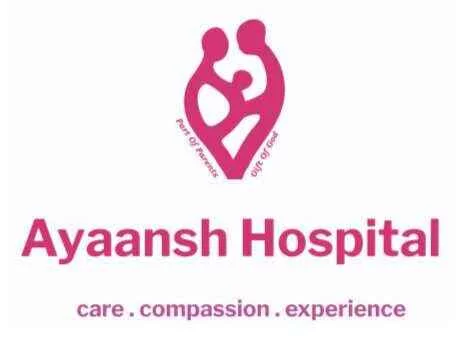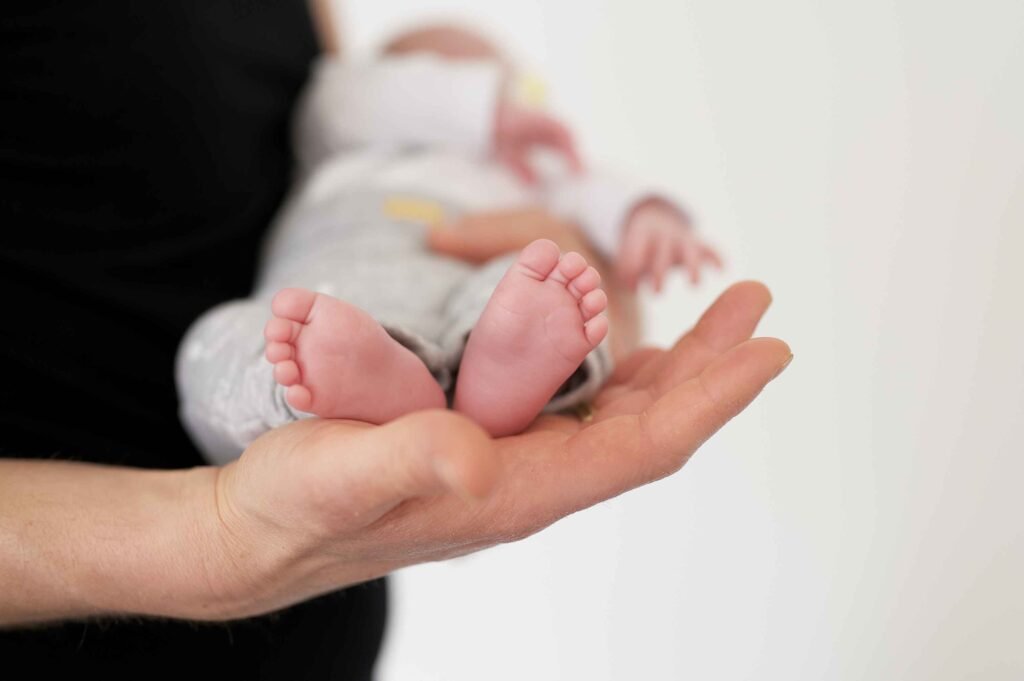5 Birthing Myths Debunked
Birthing Myths Debunked
Expectant parents often find themselves navigating a sea of information and advice, much of which includes widely held myths about birthing and childbirth. It’s essential to debunk these myths to reduce unnecessary anxiety and promote informed decision-making for a positive childbirth experience. In this blog, we’ll tackle five common birthing myths, shedding light on the facts to help you prepare for the arrival of your little one with confidence.

Myth 1: The Due Date is Set in Stone
Contrary to popular belief, the due date is more of an estimate than a guaranteed delivery day. Statistics reveal that only about 4% of babies make their grand entrance on the exact due date. It’s entirely normal for births to occur within a two-week window before or after the estimated arrival. Understanding this can help manage expectations and reduce stress as the due date approaches.
Myth 2: Pain Relief Medications Harm the Baby
One of the most prevalent concerns among expectant mothers is the safety of pain relief options during labor. Epidural analgesia, a common choice for managing labor pain, is generally safe when administered by trained professionals. While it’s crucial to discuss the benefits and potential risks with healthcare providers, fearing that these medications could harm the baby is unfounded.

Myth 3: Caesarean Section is the Easy Way Out
Many people mistakenly view caesarean sections (C-sections) as the “easy” option compared to vaginal births. However, C-sections are major surgeries that carry risks and usually require a more extended recovery period. This myth overlooks the complexities and challenges associated with surgical births.
Myth 4: Eating During Labor is Dangerous
Hospital policies may vary, but the blanket statement that eating during labor is dangerous is a myth. Light, easily digestible snacks may actually provide necessary energy for the laboring mother. It’s important to consult with your healthcare provider about what’s best for your situation.
Myth 5: Once a Caesarean, Always a Caesarean
The belief that a woman must have a C-section for all future births after having one is outdated. Vaginal birth after caesarean (VBAC) is a viable option for many women. Success rates for VBAC are encouraging, and it’s possible to have a natural birth after a C-section under the right circumstances.

The Truth About Birthing Myths
Dispelling these common birthing myths is key to empowering expectant parents with the knowledge to make informed decisions about childbirth. Remember, every pregnancy and birth is unique, and what’s most important is to consult with healthcare professionals to understand your options. By separating fact from fiction, you can look forward to the birth of your child with less anxiety and more joy.
For expectant parents, remember to approach your childbirth journey with an open mind and trust in your body’s capability to bring new life into the world. Stay informed, ask questions, and choose what feels right for you and your baby.
By debunking these myths, we hope to contribute to a more informed and less anxious journey to parenthood. Remember, knowledge is power, especially when it comes to welcoming your new bundle of joy.


